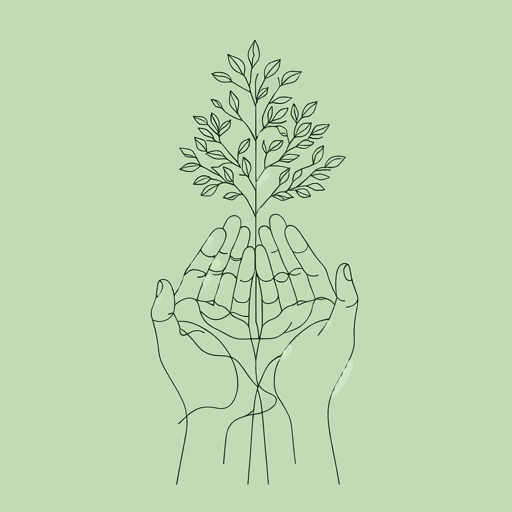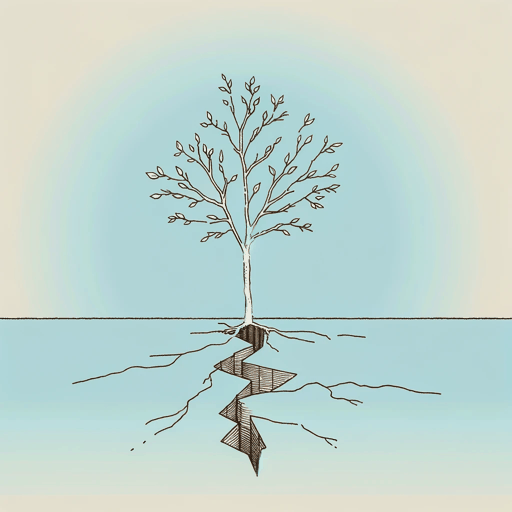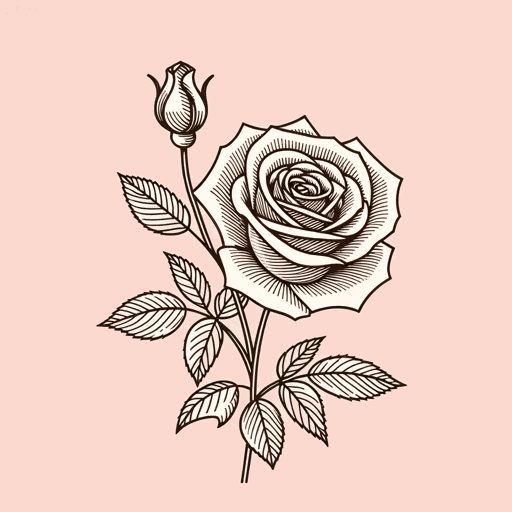65 pages • 2 hours read
Rebecca SolnitOrwell's Roses
Nonfiction | Biography | Adult | Published in 2021A modern alternative to SparkNotes and CliffsNotes, SuperSummary offers high-quality Study Guides with detailed chapter summaries and analysis of major themes, characters, and more.
Part 4Chapter Summaries & Analyses
Part 4: “Stalin’s Lemons”
Part 4, Chapter 1 Summary: “The Flint Path”
Solnit returns to Orwell’s cottage in Wallington two years after her first visit; it’s summer, and flowering plants are in bloom. She plans to walk through the village in an ad hoc search for what Orwell himself might have seen. She notes the abundance of flint scattered throughout the pathways, even though the land has been ploughed for agricultural purposes for centuries, and explains that flint originates from the compacted layers of sea creatures and debris, compressed over millions of years.
She muses about Orwell’s roses and the many philosophical (and literal) places they’ve led her, comparing them to the rhizomatic networks formed by certain plants. Writing itself often grows organically from various subject matter. This leads Solnit to consider the history of genetics, and in particular, the work of geneticist Charles Chamberlain Hurst. Hurst specialized in tracking the rose family in the early 20th century, and he recommended to gardeners the best varieties for expressing specific characteristics. This line of thought leads Solnit to explore “the genetics controversies in Stalin’s Soviet Union” (129), something that provided inspiration for Orwell’s writing too.
Related Titles
By Rebecca Solnit

A Paradise Built in Hell: The Extraordinary Communities That Arise in Disaster
Rebecca Solnit

Hope In The Dark: The Untold History of People Power
Rebecca Solnit

Men Explain Things To Me
Rebecca Solnit

River of Shadows
Rebecca Solnit

The Faraway Nearby
Rebecca Solnit
Featured Collections
Beauty
View Collection
Books About Art
View Collection
Books & Literature
View Collection
Contemporary Books on Social Justice
View Collection
Earth Day
View Collection
National Book Critics Circle Award...
View Collection
Philosophy, Logic, & Ethics
View Collection
Politics & Government
View Collection
Popular Study Guides
View Collection
Truth & Lies
View Collection

